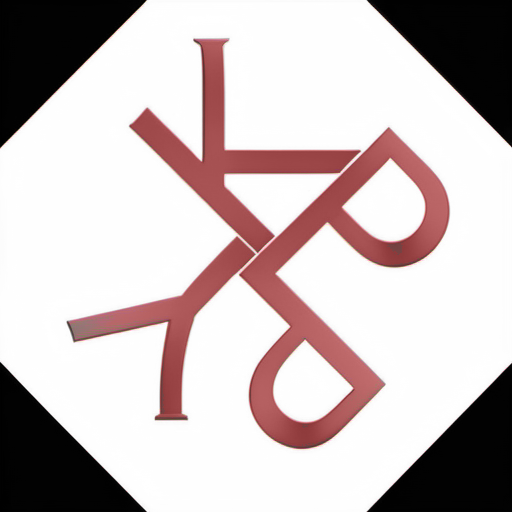KPPY 71

July 11, 2015. 11:00am-5:30pm at YNU
| Schedule | ||
| 11:00am - 11:50 |
Allen Herman University of Regina | Torsion Units of $\mathbb{Z}S$ |
| 12pm - 1:25 | Lunch | |
| 1:30 - 2:20 |
Sang June Lee Duksung Women's University | On a phase transition of the random intersection graph: Supercritical region |
| 2:30 - 3:20 |
Roberto B. Corcino CEBU Normal University | The Hankel Transform of Generalized Bell Numbers |
| 3:30 - 4:20 |
Jinseok Cho POSTECH | Combinatorial introduction to the hyperbolic volumes of knots |
| 4:30 - 5:20 |
Jeong Rye Park Pusan National University | On equivalenced association schemes with small valencies |
Abstracts
Allen Herman
Torsion Units of $\mathbb{Z}S$
Torsion Units of $\mathbb{Z}S$
The representation theory of finite groups has several branches. Most familiar are ordinary and modular representation theory. Less familiar and more technical is integral representation theory, which investigates the integral group ring $\mathbb{Z}G$ and its natural embedding in the group algebras $\mathbb{Q}G$ and $\mathbb{C}G$. To understand the ring $\mathbb{Z}G$ for a finite group $G$, one must understand both the ideal structure of the ring and the structure of the unit group $U(\mathbb{Z}G)$. The unit group of $\mathbb{Z}G$ is a notoriously difficult arithmetic group to understand. Hans Zassenhaus formulated three conjectures about torsion units of integral group rings $\mathbb{Z}G$ for finite groups $G$ in the mid 1960's. Counterexamples to two of these conjectures led to the negative resolution of the isomorphism question for integral group rings of finite groups in the late 1990's. The remaining Zassenhaus conjecture, which is still open, states that any torsion unit of $\mathbb{Z}G$ should be conjugate in $\mathbb{Q}G$ to an element of $G$ times $\pm 1$. In this talk we will investigate the unit groups of integral adjacency algebras $\mathbb{Z}S$ for finite association schemes $(X,S)$, to see the extent to which the properties of the integral group ring can be generalized to these rings. We show that finite subgroups of units of valency $1$ have order dividing the order of $S$. The analogous statement to the Zassenhaus conjecture is that every torsion unit of $\mathbb{Z}S$ having valency 1 should be conjugate in $\mathbb{Q}S$ to a thin element of $S$. We will prove that this holds for the integral adjacency algebras of commutative association schemes. Our proofs can be extended to apply to integral table algebras and reality-based algebras with a positive degree map that possess a standard character. This talk is based on joint work with my graduate student Gurmail Singh.
Sang June Lee
On a phase transition of the random intersection graph: Supercritical region
On a phase transition of the random intersection graph: Supercritical region
When each vertex is assigned a set, the intersection graph generated by the sets is the graph in which two distinct vertices are joined by an edge if and only if their assigned sets have a nonempty intersection. An interval graph is an intersection graph generated by intervals in the real line. A chordal graph can be considered as an intersection graph generated by subtrees of a tree. In 1999, Karo\'nski, Scheinerman and Singer-Cohen [Combin Probab Comput 8 (1999), 131--159] introduced a random intersection graph by taking random assigned sets. The random intersection graph $G(n,m;p)$ has $n$ vertices and their assigned sets are chosen to be i.i.d. random subsets of a fixed set $M$ of size $m$ where each element of $M$ belongs to each random subset with probability $p$, independently of all other elements in $M$. Fill, Scheinerman and Singer-Cohen [Random Struct Algorithms 16 (2000), 156--176] showed that the total variation between the random graph $G(n,m;p)$ and the Erdős-Rényi graph $G(n,\hat{p})$ tends to $0$ if $m=n^{\alpha}$, $\alpha >6$, where $\hat{p}$ is chosen so that the expected numbers of edges in the two graphs are the same. In this paper, it is proved that the total variation still tends to $0$ whenever $m \gg n^4$. We believe that this is the best possible. This is joint work with Jeong Han Kim and Joohan Na.
Roberto B. Corcino
The Hankel Transform of Generalized Bell Numbers
The Hankel Transform of Generalized Bell Numbers
The Hankel transform of an integer sequence $\{a_0,a_1,\ldots \}$ is defined to be the determinant of the Hankel matrix $(a_{i+j})_{0\leq i,j\leq n}$. This talk aims to discuss the derivation of Hankel transform of the sequence of generalized Bell numbers using Layman's Theorem on the invariance of Hankel transform under binomial transform.
Jinseok Cho
Combinatorial introduction to the hyperbolic volumes of knots
Combinatorial introduction to the hyperbolic volumes of knots
For a given knot $K$ and its fundamental group $\pi_1(K):=\pi_1(\mathbb{S}^3\backslash K)$,
consider a boundary-parabolic representation $\rho:\pi_1(K)\rightarrow {\rm PSL}(2,\mathbb{C})$.The complex volume $cs(\rho):=vol(\rho)+i\, cs(\rho)$ consists of its hyperbolic volume $vol(\rho)$ and its Chern-Simons invariant $cs(\rho)$. When $\rho$ is geometric, in other words $\rho$ is discrete and faithful, then $|vol(\rho)|$ and $cs(\rho)$ are called the hyperbolic volume and the hyperbolic Chern-Simons invariant, respectively. Although knot is a combinatorial object, the hyperbolic structure and the complex volume did not seem to have combinatorial properties. In this talk, we develop new method to decide them combinatorially by using special type of quandle developed by Inoue and Kabaya.
Jeong Rye Park
On equivalenced association schemes with small valencies
On equivalenced association schemes with small valencies
For a positive integer $n$ we say that an association scheme with more than one point is $n$-equivalenced if each non-diagonal relation has valency $n$. In this talk, we prove that every $3$-equivalenced association scheme is Frobenius, that is, the set of relations coincides with the set of orbitals of a Frobenius group.
